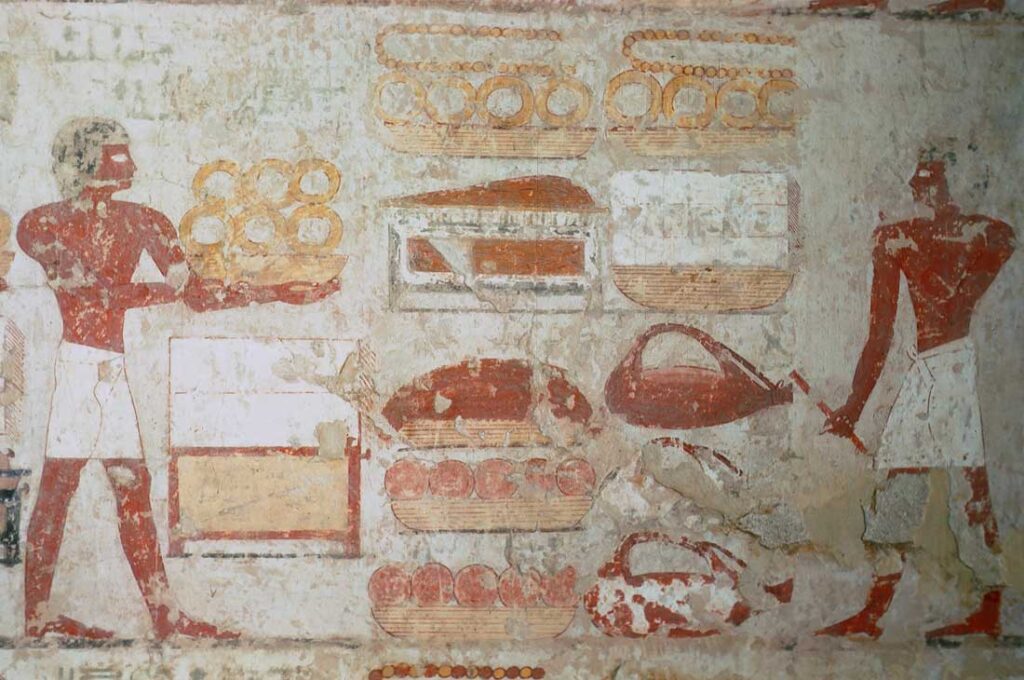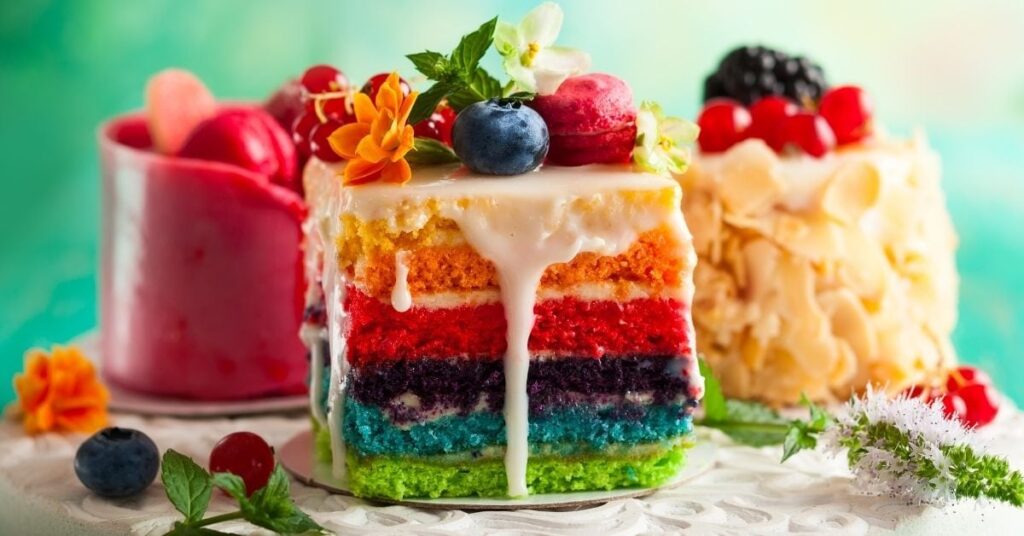The delicious history and evolution of cakes
Introduction :
Cakes have delighted people from various cultures for centuries. These sweet treats, with their diverse shapes, sizes, and flavors, hold a special place in our culinary culture. But where did cakes originate, and how have they evolved over time? Join us on a delectable journey as we explore the rich history and evolution of cakes.
The Ancient Origins of Cakes
Cakes can be traced back to ancient civilizations, where they were often prepared
as offerings to the gods. In ancient Egypt, cakes made with honey and nuts were believed to please the deities. The Greeks and Romans also enjoyed cakes, with the Greeks using cheese and honey, and the Romans experimenting with various flavors. These early cakes satisfied both the human desire for sweetness and the need for a symbolic gesture of devotion.

Medieval Cakes : A Fusion of Flavors and Status Symbols
During the medieval period, cakes took on new dimensions and flavors.
They were made with dried fruits, spices, and honey, resulting in rich and fragrant creations. Elaborate cakes with intricate shapes and decorations became a centerpiece of feasts and celebrations, symbolizing the host’s wealth and culinary skills. The communal process of cake-making involved kneading the dough, adding ingredients like dried fruits, and shaping the cake into ornate molds. The final touch of icing, made from sugar, honey, and egg whites, transformed these cakes into edible works of art.

Technological Advancements : Transforming Cake Baking
The Industrial Revolution brought significant changes to cake baking.
The invention of baking powder in the 19th century revolutionized the rising process, eliminating the need for yeast and making cake baking more accessible. This advancement allowed households to enjoy freshly baked cakes more frequently. Alongside baking powder, the introduction of new ingredients like chocolate and cocoa powder added a whole new dimension of flavor and decadence to cakes. Bakers embraced these ingredients and began creating a wide variety of chocolate-based cakes.

The Rise of Cake Varieties: Layered and Decorated Delights
With the accessibility and convenience brought by technological advancements,
cakes took on new forms and flavors. Layer cakes, consisting of multiple tiers stacked on top of one another, gained popularity for their visual appeal and taste. The ability to create intricate designs and decorations elevated cakes to true culinary art forms. Decorated cakes became a canvas for bakers to showcase their creativity, whether through intricate piped designs, fondant sculptures, or elaborate frosting techniques.

Cultural Significance and Celebratory Cakes
Cakes have become an integral part of celebrations around the world.
From birthdays to weddings, cakes are present to mark special occasions. Each culture has its own unique cake traditions. For example, the elaborately decorated tiered wedding cake is a staple in Western weddings, while Asian cultures often feature auspicious symbols and colors on celebratory cakes. Cakes have the power to bring people together, create lasting memories, and serve as the centerpiece of joyous moments.
Modern Innovations and Personalized Creations
In recent times, cake baking has embraced modern innovations and personalized creations.
The advent of specialized cake decorating tools, edible printing technology, and cake sculpting techniques has pushed the boundaries of creativity. Customized cakes, tailored to individual preferences and themes, have become increasingly popular. From superhero-themed birthday cakes to intricately designed wedding cakes that reflect the couple’s story, the possibilities are endless.
Conclusion: A Sweet Legacy
The history of cake is a journey that spans centuries and civilizations.
From humble offerings to the gods to extravagant creations that showcase culinary artistry, cakes have evolved alongside human creativity and advancements. Whether it’s a simple homemade cake shared with loved ones or an exquisitely crafted masterpiece, cakes continue to bring joy, celebrate special moments, and indulge our taste buds. So, the next time you savor a slice of cake, remember the rich heritage and the countless hands that have contributed to this beloved dessert.

—The end of the Article—
